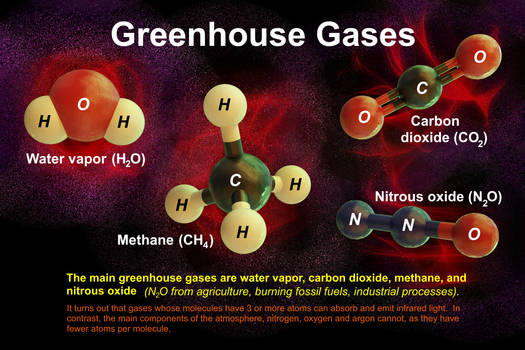The article published in the editorial section talks about the upcoming global meeting named COP29 and its special focus on methane.
From November 11 to 22, 2024, leaders from all over the world are gathering in Baku, Azerbaijan, for a major climate meeting called COP29. At this meeting, countries will decide on a new, big financial goal to help fight climate change. Azerbaijan, as the host, has promised to take some important steps, like boosting its energy storage, expanding electricity networks, and reducing pollution from waste, especially methane gas.
Methane is a harmful greenhouse gas that causes around 30% of global warming. It’s very powerful at trapping heat—much more than carbon dioxide—so cutting down on methane can quickly slow climate change. This gas doesn’t stay in the air as long as carbon dioxide, but it’s much stronger in the short term, making it one of the best ways to tackle global warming quickly.
The United States and China, the world’s two biggest countries and biggest polluters, are working together to reduce methane, even though they have a lot of other disagreements. By joining forces, they’re setting an example and opening up opportunities for other countries, like India, to get support and funding to reduce their methane emissions.
India is the world’s third-largest source of methane pollution after China and the U.S. Most of India’s methane comes from agriculture, like rice farming and livestock. This makes it tricky for India to promise big cuts, as agriculture is a huge part of its economy. Another big source of methane in India is waste, especially dumpsites, which often catch fire and pollute the air.
India has already started working on solutions to reduce methane pollution:
- Indore Model: In Indore, waste is sorted, and organic waste is turned into fuel for city buses, helping to reduce both waste and pollution.
- GOBARdhan Scheme: This program encourages villages to turn cattle waste into clean energy, which is useful and reduces methane.
- Climate-Friendly Farming: India is testing farming methods that produce less methane, especially in rice paddies and in raising livestock.
At COP29, India has a chance to ask the U.S. and China for support—like funding and technical help—to better handle its methane emissions. With this international help, India could reduce methane faster, which would help both the climate and air quality. This is an important opportunity for India to make a real difference in the fight against climate change.
.
.
..
..join our telegram channel for regular updates of The Hindu Epaper Editorial Explanation-https://t.me/Thehindueditorialexplanation
The Hindu Epaper Editorial Explanation given by Hello Student is only a supplementary reading to the original article to make things easier for the students.
In conclusion, preparing for exams in India can be a daunting task, but with the right strategies and resources, success is within reach. Remember, consistent study habits, effective time management, and a positive mindset are key to overcoming any academic challenge. Utilize the tips and techniques shared in this post to enhance your preparation and boost your confidence. Stay focused, stay motivated, and don’t forget to take care of your well-being. With dedication and perseverance, you can achieve your academic goals and pave the way for a bright future. Good luck!
The Editorial Page of The Hindu is an essential reading for all the students aspiring for UPSC, SSC, PCS, Judiciary etc or any other competitive government exams.
This may also be useful for exams like CUET UG and CUET PG, GATE, GMAT, GRE AND CAT
To read this article in Hindi –https://bhaarat.hellostudent.co.in/

